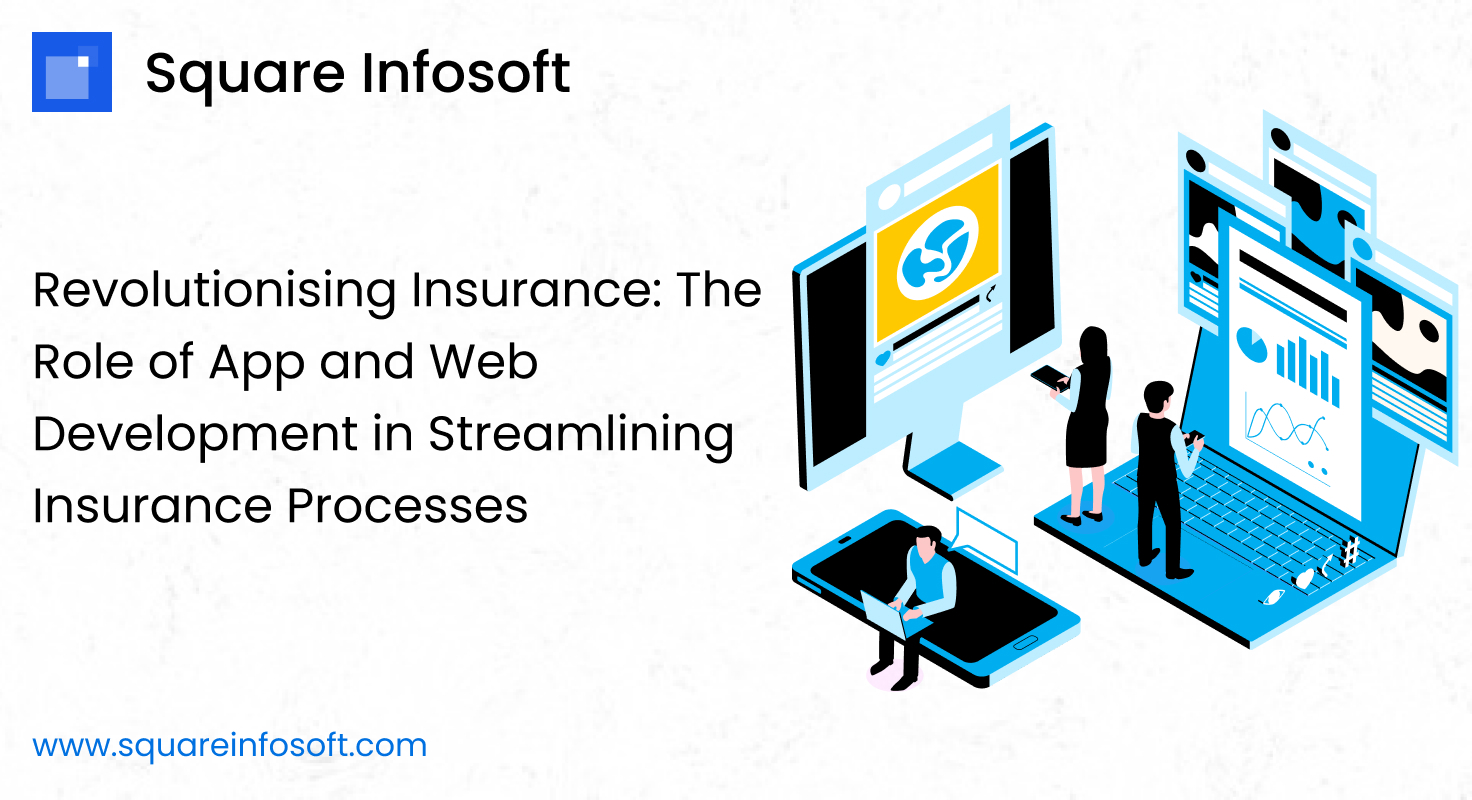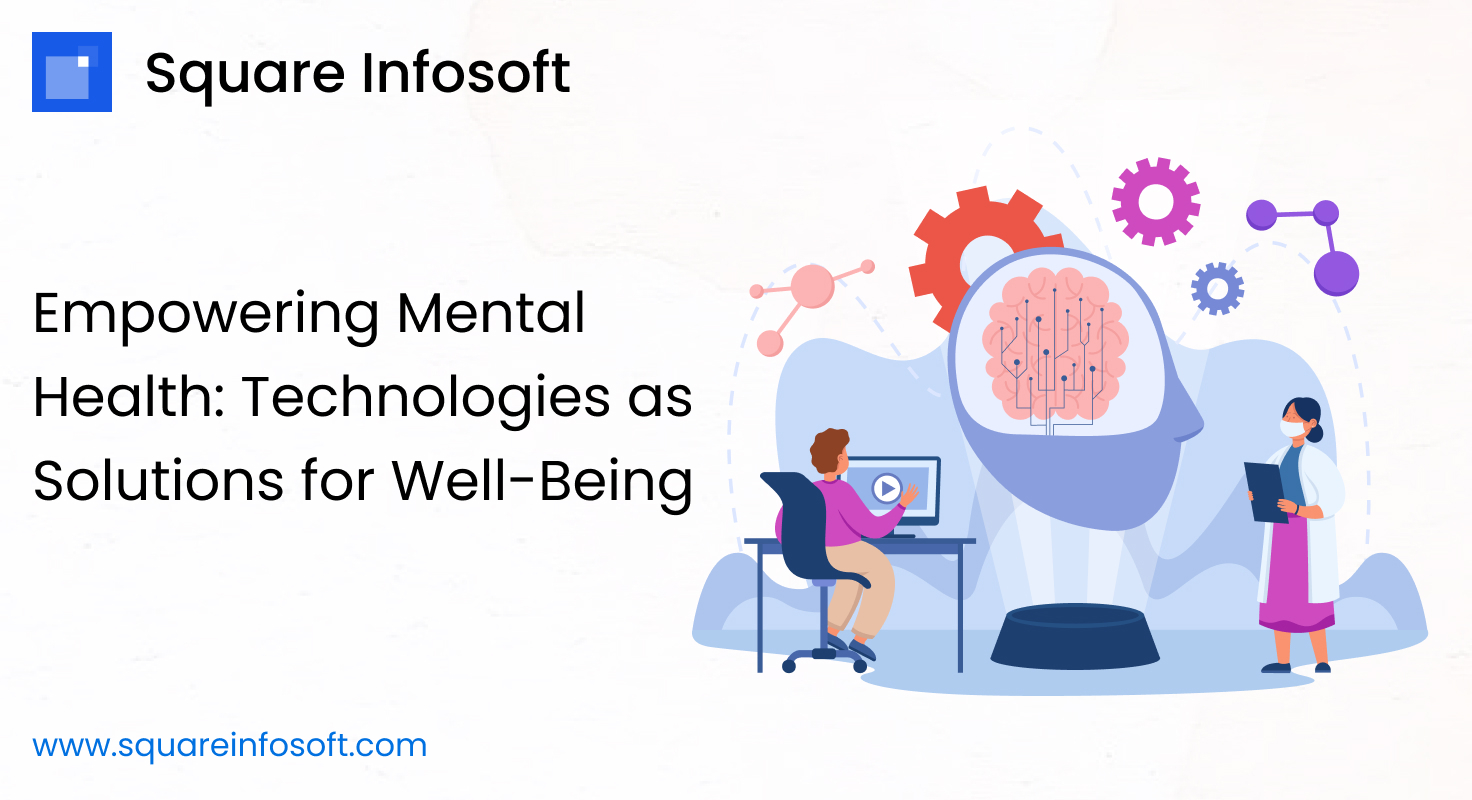Developing a social media mobile app involves creating a platform that allows users to connect, share content, and interact with each other. Here’s a comprehensive guide to help you develop a successful social media app:
1. Idea and Conceptualization:
- Define the unique value proposition of your social media app.
- Identify the target audience and their interests.
- Determine the core features that will set your app apart.
2. Choose a Niche or Focus:
- Decide whether your app will focus on a specific niche (e.g., visual content, professional networking, video sharing) or be a general platform.
3. Core Features:
- User Profiles: Allow users to create profiles with personal information, profile pictures, and customizable details.
- News Feed: Display a chronological feed of posts from followed users or groups.
- Content Sharing: Enable users to post photos, videos, text, and links.
- Comments and Likes: Implement interactions like commenting on posts and liking content.
- Messaging: Provide private messaging or chat functionality.
- Notifications: Notify users about interactions, new content, and updates.
- Explore and Discovery: Offer ways for users to discover new content, users, or groups.
- User Privacy and Settings: Allow users to control their privacy settings and account preferences.
4. Design and User Experience (UX):
- Create an intuitive and visually appealing interface.
- Focus on seamless navigation, smooth transitions, and user-friendly interactions.
- Design for different devices and screen sizes.
5. Platform and Technology Selection:
- Choose the platforms you’ll develop for (iOS, Android, or both).
- Select programming languages (Swift, Kotlin/Java) and development tools.
- Consider using cross-platform frameworks like React Native or Flutter.
6. Development:
- Develop the app’s front-end and back-end components.
- Implement core features, user registration, content posting, and interactions.
- Integrate APIs for third-party services like image uploading, notifications, and authentication.
7. User Engagement and Monetization:
- Consider different monetization strategies (ads, freemium, subscription, sponsored content).
- Implement engagement-boosting features such as hashtags, trending topics, challenges, and contests.
8. Privacy and Security:
- Implement robust security measures to protect user data and privacy.
- Offer account verification options to reduce fake accounts.
9. Testing and Quality Assurance:
- Test the app thoroughly for usability, performance, and security.
- Conduct beta testing to gather user feedback and identify issues.
10. Deployment:
- Publish the app on app stores (Apple App Store, Google Play Store) following their guidelines.
- Create compelling app descriptions, screenshots, and promotional materials.
11. Marketing and User Acquisition:
- Develop a marketing strategy to attract users (social media, influencer partnerships, online advertising).
- Encourage users to invite friends and promote the app’s unique features.
12. Continuous Improvement:
- Gather user feedback and continuously update the app based on suggestions and trends.
- Introduce new features to enhance user engagement and retention.
Building a successful social media app requires a deep understanding of user behavior, engagement tactics, and the ability to adapt to changing trends and user preferences. Prioritize user experience, community building, and privacy to create a platform that users will love and engage with.




